

Vascular conditions comprise a wide range of diseases that affect the body’s blood vessels, including arteries, veins, and lymphatic vessels. These vessels are responsible for transporting oxygen, nutrients and waste products throughout the body. When these vessels become diseased or damaged-due to factors like plaque buildup (atherosclerosis), inflammation, or valve dysfunction-blood flow can be impaired, leading to symptoms such as pain, swelling, skin ulcers, and increased risk of blood clots. Most common vascular diseases that we encounter routinely include peripheral artery disease (PAD) and varicose veins. Early diagnosis and appropriate management, including lifestyle changes, medication or surgery, are essential to prevent serious complications and maintain overall vascular health.
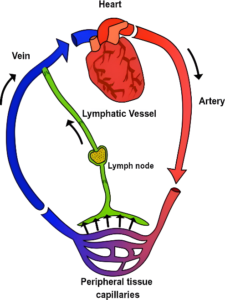
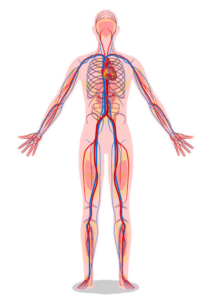
Peripheral Arterial Disease (PAD) is a common condition where the arteries that carry blood to your legs or arms become narrow or blocked, reducing blood flow. It happens when fatty deposits called plaque build-up inside the arteries, a process known as atherosclerosis or because of blockage of flow due to clot formation known as thrombosis and can cause symptoms like leg pain when walking.
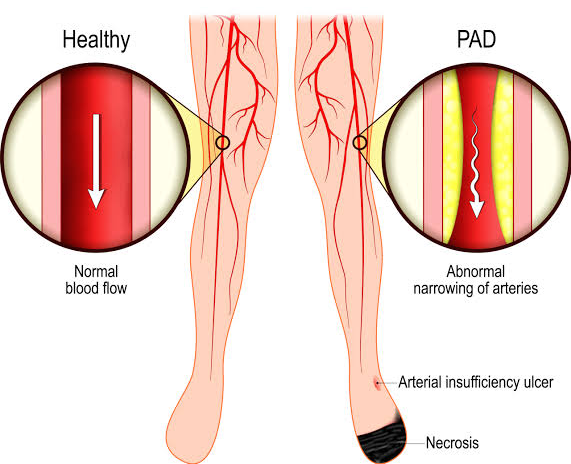

Symptoms:
Not everyone has symptoms — sometimes PAD is silent but still dangerous.
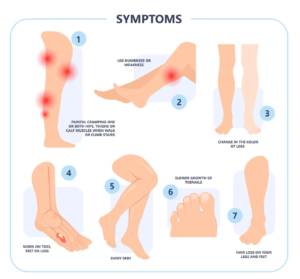
Diagnosis includes thorough clinical assessment of peripheral pulses along with detailed history and series of investigations like –
Lifestyle Changes
For severe cases or when symptoms worsen despite other treatments, surgery may be needed: Angioplasty and
In extreme cases, if tissue dies (gangrene), amputation might be necessary but is a last resort. Revascularisation is done prior to amputation in case of dry gangrene (dead tissue without infection). In wet gangrene (dead tissue with super added infection) amputation is done prior to revascularisation to prevent spread of infection into blood (sepsis).

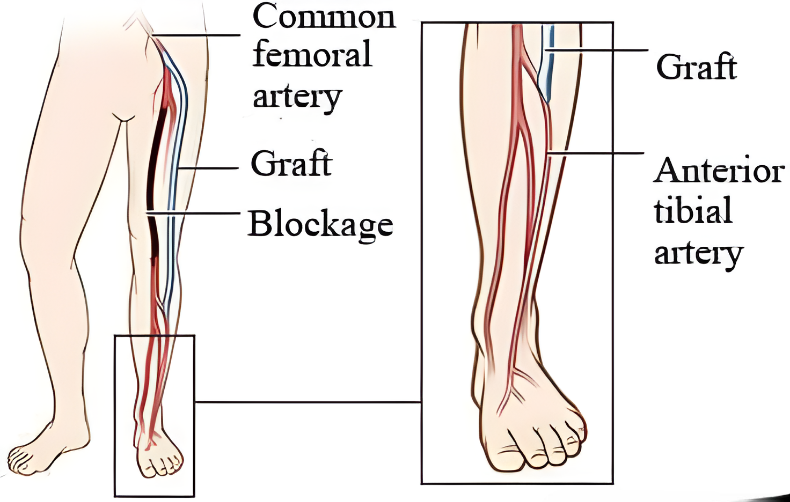
Untreated PAD increases the risk of limb loss. Early diagnosis and treatment improve quality of life and reduce serious complications.
If you experience leg pain or other symptoms, consult our healthcare professionals at “Vizag Surgicare” for proper evaluation and care.
Varicose veins are swollen, twisted (tortuous) veins visible just under the skin, primarily in the legs. They result from weakened vein valves that cause blood to pool, leading to enlarged veins that may cause discomfort and cosmetic concerns.
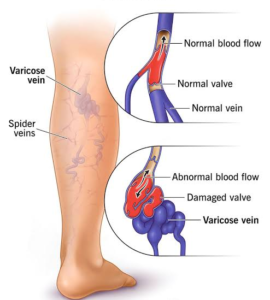
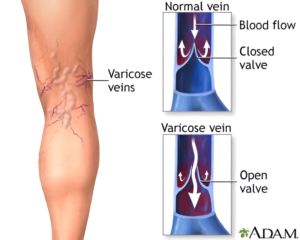

Symptoms often get worse after standing or sitting for a long time.
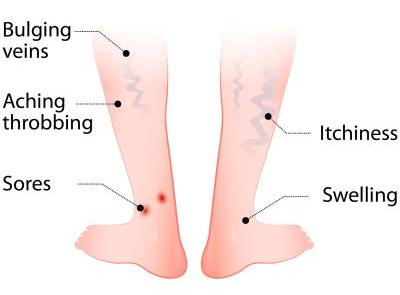
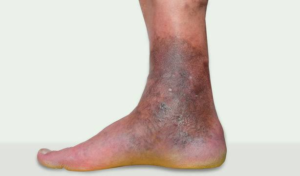
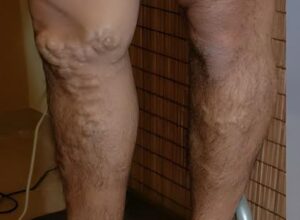
Based on symptoms and severity of the condition, treatment is decided – whether to manage conservatively or need any intervention.
1. Lifestyle Changes/ Conservative management
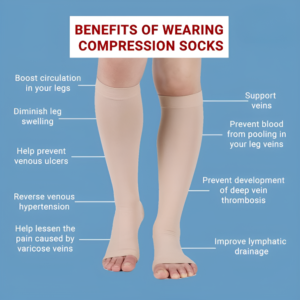
2. Minimally Invasive Procedures
These procedures are done under local anesthesia with no need for hospital stay.
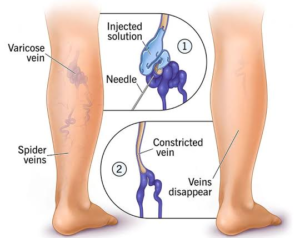
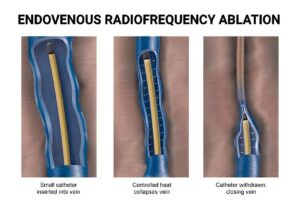
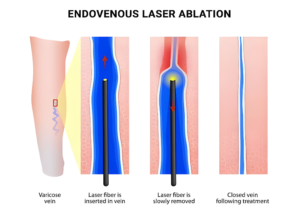
3. Open Surgery
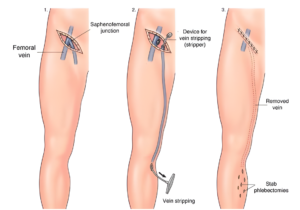
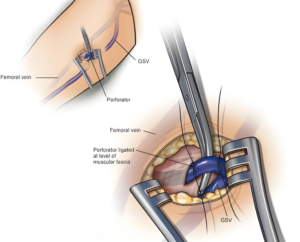
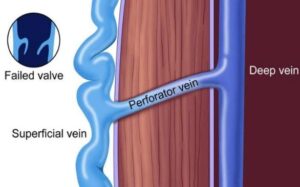
Post procedure care includes wearing compression stockings, engaging in mobility exercises, and adopting lifestyle modifications such as regular walking and leg elevation to enhance recovery and prevent recurrence
If you notice aching on prolonged standing, swelling of limbs, skin ulcers, bleeding, or changes in skin color around varicose veins, seek medical advice promptly. Early treatment can prevent complications and improve symptoms.
If you have symptoms or concerns, consult us at “Vizag Surgicare” for thorough evaluation and personalized care.
Mobile No 1 : +91-77029 50513
Mobile No 2 : +91-9848638615
Mobile No 3 : +91-9849239213
First Floor, Mohan Medical Shop, Seethammadhara (NE), Visakhapatnam-530013
info@vizagsurgicare.com
WhatsApp us